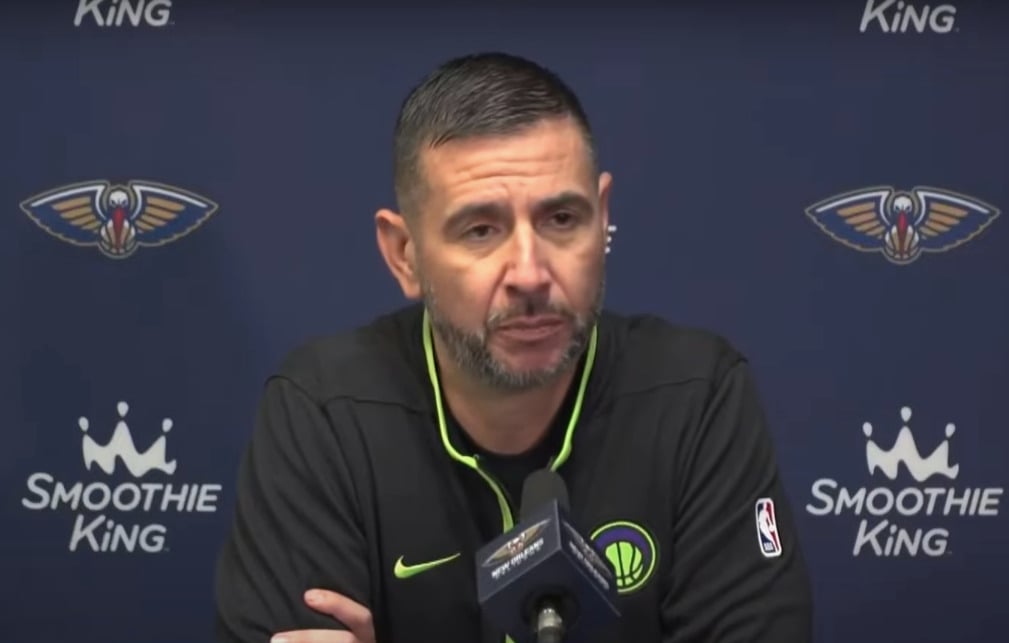PROTECT YOUR DNA WITH QUANTUM TECHNOLOGY
Orgo-Life the new way to the future Advertising by AdpathwayThis article may contain affiliate links.
Philip Werner July 24, 2025 faq, Frequently Asked Questions

Keeping medications dry on backpacking trips is critical—moisture can damage pills, reduce their effectiveness, or even make them unsafe. Given that 150 million Americans take daily medications, there’s a pretty good chance that this is an issue that should concern you. Here’s a comprehensive guide to ensuring your medications stay dry, organized, and safe during outdoor adventures.
Why Moisture Is a Problem
Many medications are highly sensitive to humidity and water. Exposure can:
- Cause pills to crumble, dissolve, or clump.
- Lead to mold or bacterial growth.
- Degrade the active ingredients, making them less effective or unsafe.
Pre-Trip Preparation
- Talk to Your Pharmacist
- Request moisture-resistant packs: Pharmacies sometimes provide blister packs or extra desiccants. For example, Amazon Pharmacy will pack your medications in Pillpacks for free. Pillpacks are plastic PET bags which can store one or more medications.
- Ask about packaging: Some medications need to stay in original containers for legal or safety reasons. Others can be repackaged.
- Choose the Right Containers
- Waterproof pill cases: Matadoor Waterproof Pill Canister or EZDose Waterproof Pill Planner are good options for maintenance medications.
- Sealable plastic bags: Heavy-duty zipper bags (like Ziploc freezer bags) offer basic protection.
- Vacuum-sealed bags: For long trips, you can vacuum-seal medications in small portions to limit moisture and air exposure.
- Blister packs: If your medicine comes in individual blisters, keep them intact if possible—they’re more moisture-resistant than bottles.
- Desiccants
- Silica gel packets: Place a silica gel packet (the kind found in new shoes or electronics) in your medication bag to absorb moisture.
- DIY desiccant: Dry rice in a coffee filter or a tea bag can act as a makeshift moisture absorber.
Packing Strategies
- Double Bagging
- Place medications in a waterproof pill container or original bottle.
- Then, put this container inside a heavy-duty zipper bag.
- For extra precaution, add another layer with a second bag.
- Dry Sacks
- Use a small dry sack (the kind kayakers use) for anything especially sensitive. These are lightweight and highly water-resistant. For example
- Organization
- Keep medications separate from any food or scented items to avoid contamination.
- Label all containers clearly with medication name, dose, and instructions.
During a Backpacking Trip
- Storage Location
- Keep your medication pack inside your backpack, away from external pockets where rain could seep in.
- Never store medicines at the bottom of your pack where water may pool if your pack gets wet.
- Avoid Condensation
- Don’t open medicine containers in humid or rainy conditions unless necessary.
- If you’re in a tent, avoid opening them during condensation-heavy times (early morning or late at night).
- Water Crossings & Rain
- Before river crossings or hiking in rain, double-check that medicine containers are sealed inside their waterproof layers.
- Heat and Sun
- Avoid storing medicine in direct sunlight or near heat sources—heat can damage many drugs as much as moisture.
Additional Tips
- Bring Only What You Need
- Pack the exact amount plus a little extra. This limits how much you have to protect and saves space.
- Leave backup medication with someone at home who can mail it if needed.
- Have Backups
- If a medication is life-saving, split your supply into two containers and store them in different parts of your pack.
- Check Medications Regularly
- Inspect pills for discoloration, unusual smell, or texture changes. If they’re sticky, crumbly, or look odd—don’t use them.
- Travel Documentation
- For prescription meds, bring a copy of your prescription and the generic name in case you need a replacement.
Emergency Plan
If your medications get wet:
- Don’t take damaged meds unless you’ve consulted a medical professional.
- Contact your doctor as soon as possible for advice or replacements.
- Know the nearest town or pharmacy where you might be able to get help or a replacement prescription.
Final Word
Careful preparation is key: waterproof containers, silica gel packets, and smart packing can keep your medications dry even in challenging backpacking conditions. Always check with your pharmacist before repackaging, and develop an emergency plan so you’re never caught off guard.
SectionHiker never accepts payment for gear reviews or editorial coverage. When you buy through affiliate links on our site, we may earn a small commission at no extra cost to you. Help us continue to test and write unsponsored and independent gear reviews, hiking and backpacking FAQs, and free hiking guides.



















 English (US) ·
English (US) ·  French (CA) ·
French (CA) ·